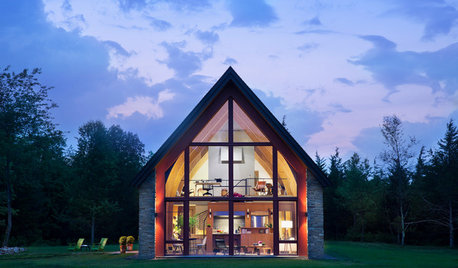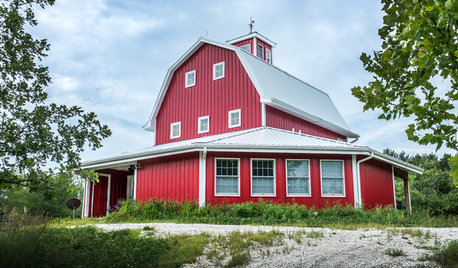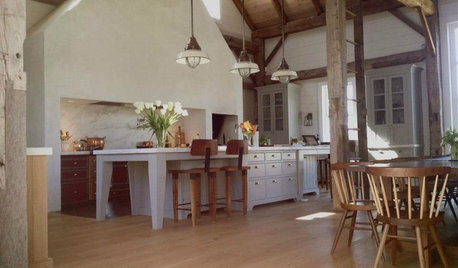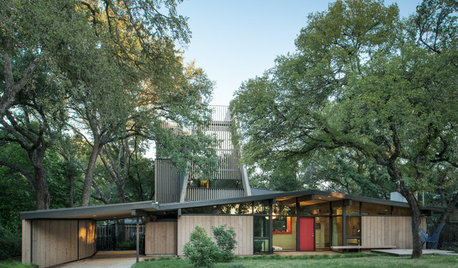Geothermal loops/trenches questions
cs6000
15 years ago
Related Stories

FLOORSFloors Warm Up to Radiant Heat
Toasty toes and money saved are just two benefits of radiant heat under your concrete, wood or tile floors
Full Story
GREEN BUILDINGGoing Solar at Home: Solar Panel Basics
Save money on electricity and reduce your carbon footprint by installing photovoltaic panels. This guide will help you get started
Full Story
GREEN BUILDINGThe Passive House: What It Is and Why You Should Care
If you don’t understand passive design, you could be throwing money out the window
Full Story
GREEN BUILDINGHouzz Tour: Going Completely Off the Grid in Nova Scotia
Powered by sunshine and built with salvaged materials, this Canadian home is an experiment for green building practices
Full Story
MOST POPULAR5 Ways to Hide That Big Air Conditioner in Your Yard
Don’t sweat that boxy A/C unit. Here’s how to place it out of sight and out of mind
Full Story
GARDENING GUIDESGet on a Composting Kick (Hello, Free Fertilizer!)
Quit shelling out for pricey substitutes that aren’t even as good. Here’s how to give your soil the best while lightening your trash load
Full Story
GREAT HOME PROJECTSHow to Add a Radiant Heat System
Enjoy comfy, consistent temperatures and maybe even energy savings with hydronic heating and cooling
Full Story
BARN HOMESHouzz Tour: An Energy-Efficient Barn Graces the Nebraska Landscape
Passive-house technologies and a rain-harvesting and greywater system conserve natural resources in this weekend country home
Full Story
KITCHEN DESIGNKitchen of the Week: Resurrecting History on a New York Farm
Built with a 1790 barn frame, this modern-rustic kitchen on a working farm honors the past and makes connections in the present
Full Story
HOUZZ TOURSHouzz Tour: New Tower Rises From a Midcentury Ranch House
An Austin homeowner and her architect expand on the original vision of A.D. Stenger, who designed the ’60s-era home
Full Story






funnycide
fsq4cw
Related Professionals
Lockhart Solar Energy Systems · Bridgeport Solar Energy Systems · North Tustin Solar Energy Systems · Orinda Solar Energy Systems · Yucca Valley Solar Energy Systems · Irvine Home Automation & Home Media · Milton Home Automation & Home Media · Plant City Home Automation & Home Media · Ponte Vedra Beach Home Automation & Home Media · Richardson Home Automation & Home Media · Westminster Home Automation & Home Media · Winchester Home Automation & Home Media · Walnut Creek Home Automation & Home Media · Framingham Center Electricians · North Ogden Fireplacescs6000Original Author
sniffdog
cs6000Original Author
sniffdog
funnycide
cs6000Original Author
sniffdog
Ron Natalie
cs6000Original Author
sniffdog
cs6000Original Author
Ron Natalie
sniffdog